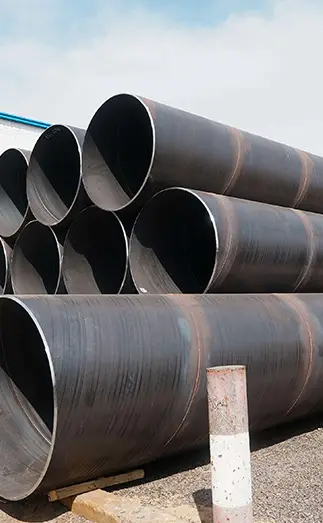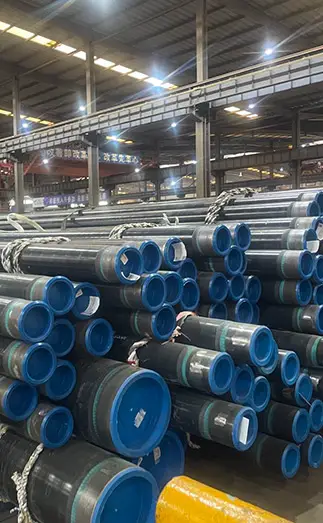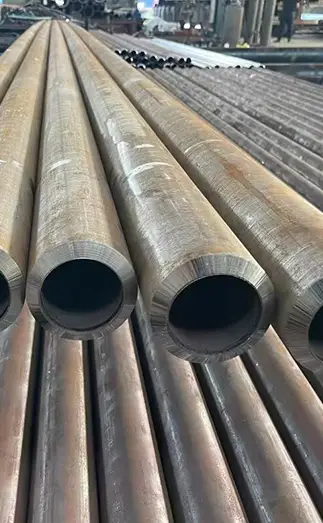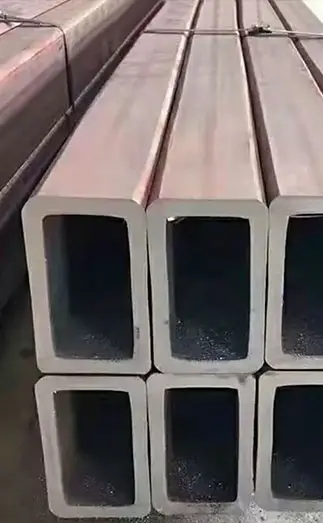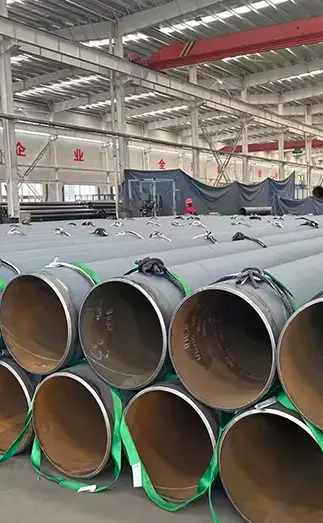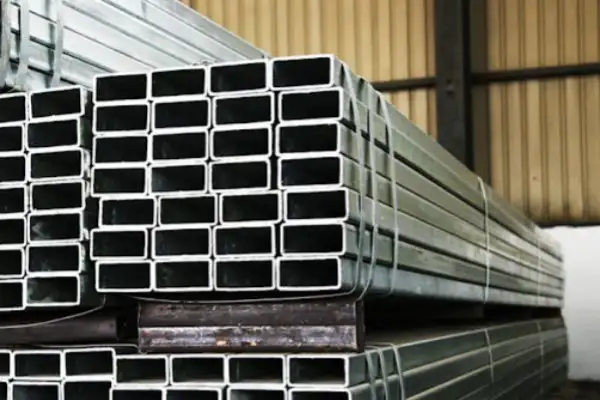The quality of steel plates plays a crucial role in ensuring performance and safety in engineering and manufacturing applications. Therefore, buyers and users must understand how to evaluate and identify the quality of steel plates effectively.
1. Observe the Appearance
Appearance is one of the most direct indicators of steel plate quality. High-quality steel plates should have a smooth, flat surface without visible dents, bulges, or scratches. Additionally, the surface should be free from rust, oxidation, and cracks. A good surface condition often reflects proper manufacturing processes and high-quality materials.
2. Check Thickness and Dimensions
The thickness and dimensional accuracy of a steel plate are key quality indicators. Use measuring tools such as micrometers or tape measures to verify that the thickness meets the specified requirements. Ensure that the overall length, width, and flatness conform to design specifications and project needs.
3. Test Strength and Hardness
The mechanical properties of a steel plate—especially its strength and hardness—directly affect its performance and service life.
Strength Test: Use a tensile testing machine to measure tensile strength and yield strength. Higher strength generally indicates better durability and load-bearing capacity.
Hardness Test: Conduct a hardness test using equipment such as a Brinell, Rockwell, or Vickers hardness tester. In general, higher hardness values reflect stronger, more wear-resistant materials.
4. Verify Material Marks and Certifications
Reliable steel plates are clearly marked with their material grade, batch number, and certification labels. Common international standards include ASTM, EN, and JIS. Confirming that the steel plates comply with recognized certification standards ensures their authenticity, traceability, and reliability.
5. Consider Brand Reputation and User Feedback
Finally, review the reputation and feedback of manufacturers and suppliers. Consult industry platforms, professional forums, and social media for user reviews. Insights from experienced professionals or long-term buyers can provide valuable guidance in identifying trusted brands and avoiding inferior products.
Conclusion
Evaluating the quality of steel plates requires a comprehensive approach—considering appearance, size accuracy, mechanical performance, material certifications, and supplier reputation. Selecting high-quality steel plates not only ensures safe and reliable use but also enhances the overall quality and efficiency of engineering projects.



 English
English Español
Español Français
Français بالعربية
بالعربية